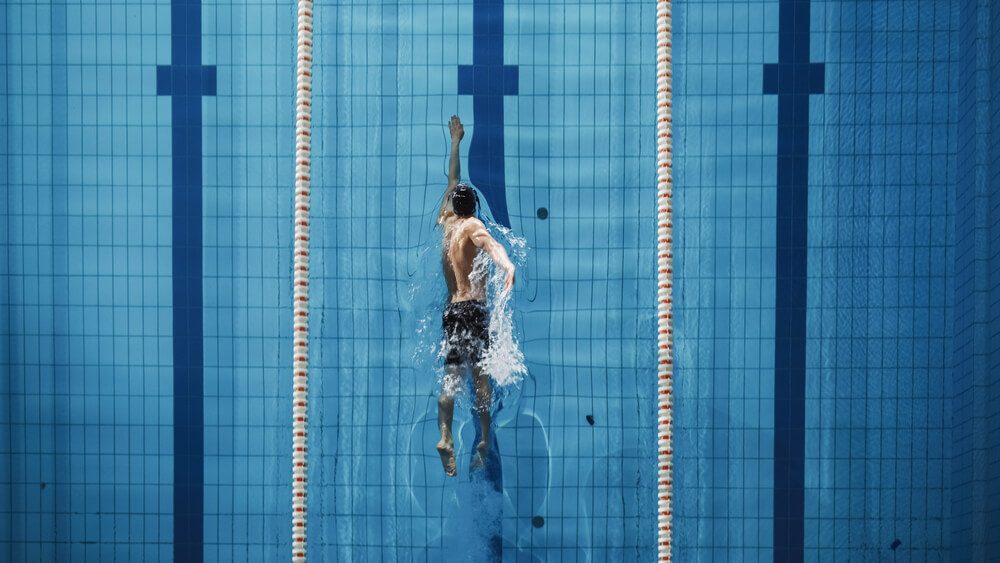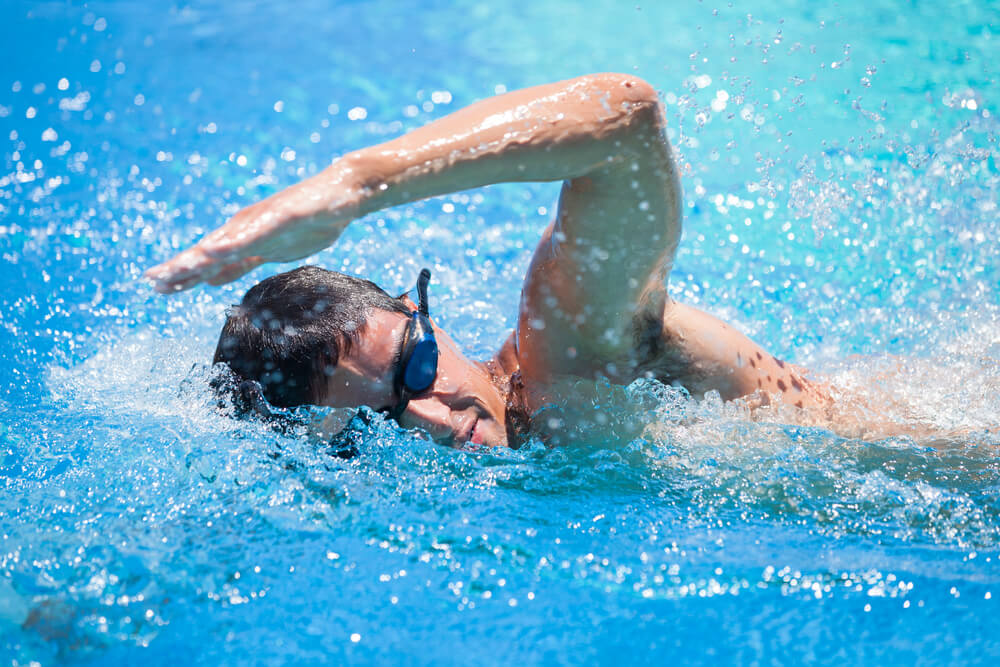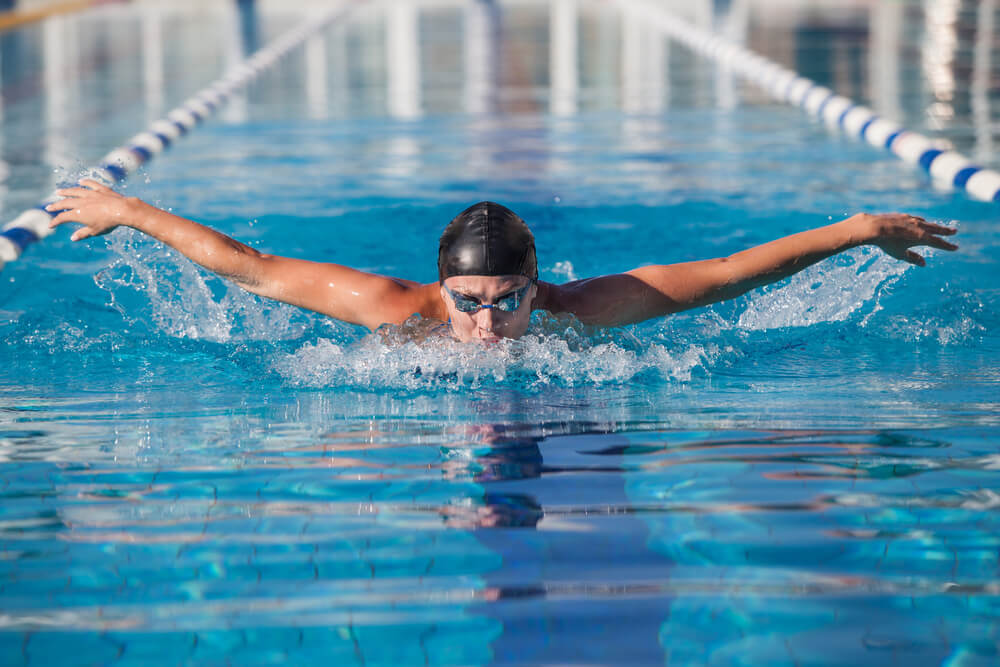There are a lot of reasons that people are interested in swimming. Warm weather calls for a broader understanding of different ways to work out, since running and lifting outdoors can too easily lead you to heat exhaustion. There are a handful of different types of swimming, and some are more difficult than others. There are different types of kicks, breathing techniques, and different strokes. If you want to become a much better swimmer this summer, it`s a very good idea to understand how to master each of these types of swimming.
Different Types of Swimming
Once you get used to the basics of swimming in general, it`s time to perfect the different styles for swimming. These can be broken down into four main chunks, even though there are definitely more subsections if you look closer at swimming as a sport. Here are several types of swimming strokes!
-
Freestyle stroke
The freestyle stroke is also known as the front crawl. This is the most commonly used style in olympic swimming, as it allows you to move fast and comfortably. It`s likely what you picture when you imagine a professional swimmer darting down their lane in the pool. A technically correct and consistent kick is extremely useful for mastering this style, and it`s also important to make sure you keep your head in a neutral position. Professional swimming lessons can be incredibly helpful as you perfect your freestyle stroke.
-
Breaststroke
In this style, you`ll stay on your chest, as the name suggests. The torso does not rotate, and instead, your arms are pushed forward and then swept back in a huge circular movement. Your legs move in a similar fashion, by tucking in towards the body, then being kicked out, in tandem with your arm movements. It`s a very common one, as your head is out of the water most of the time. It allows you to move as slowly as you like without sacrificing comfortability, and it`s tons of fun!
-
Backstroke
Just as with the breaststroke, this form is very appropriately named! To do it well, you will remain on your back, and your goal will be to keep your body as flat as possible. Your arms will fly up and behind your head as the top half of your body rotates. When you streamline your movement with the water, you can move much faster than you would think in this slightly awkward position. Keeping the hips high and your body close to the surface of the water can make a great backstroke.
-
Butterfly stroke
For this stroke, you will also want to stay as close to the surface of the water as possible. Timing is the most important factor to landing an efficient butterfly stroke, especially the placement of where you breathe. It is the most difficult form to master, as it utilizes more factors to propel you through the water. To perform it, both arms fly up out of the water like a butterfly and move around you in a circular motion. Your hands sweep down and form a Y shape in front of the body, and your feet paddle behind you, mermaid style. This form can actually propel you faster than the front crawl, but it`s harder to learn, so less people use it.
If you`re excited to perfect your butterfly stroke, it can be instrumental in your learning process to get some professional help. Give us a call at (203) 690-7756 to get started with your very own swimming coach in the greater Miami area! It can be tons of fun to master different types of dives in swimming, along with getting that sidestroke down pact. It doesn`t matter how old you are, or what your skill level is. Swimming is great for most people, as long as no pre-existing health conditions limit your ability to get into the pool. Give us a call, and get started today!



